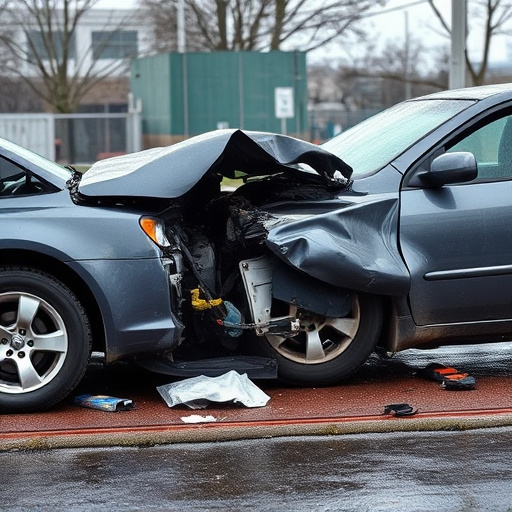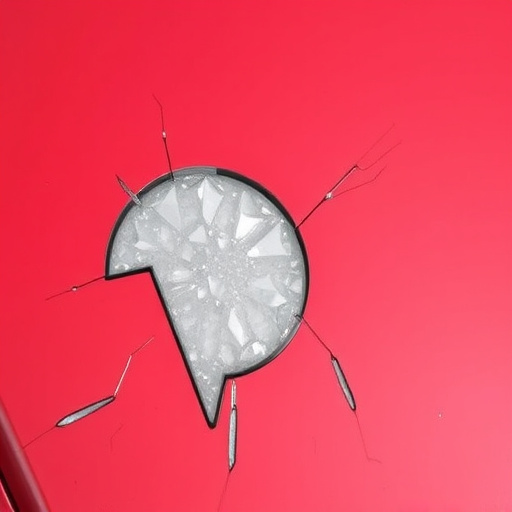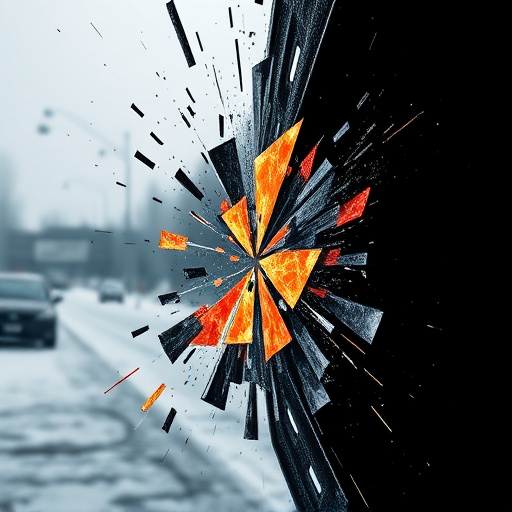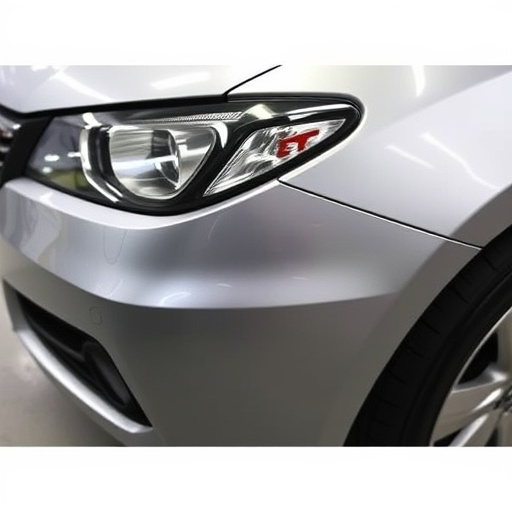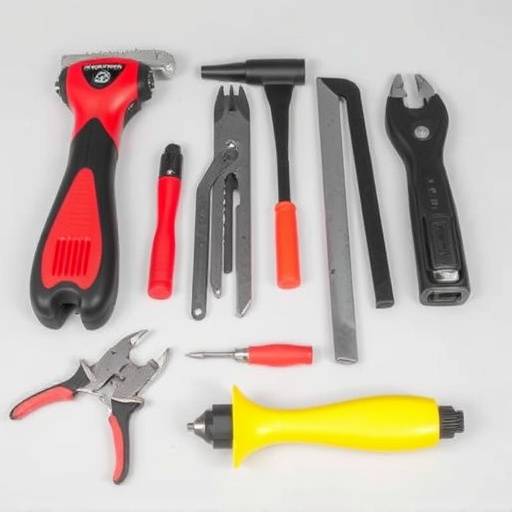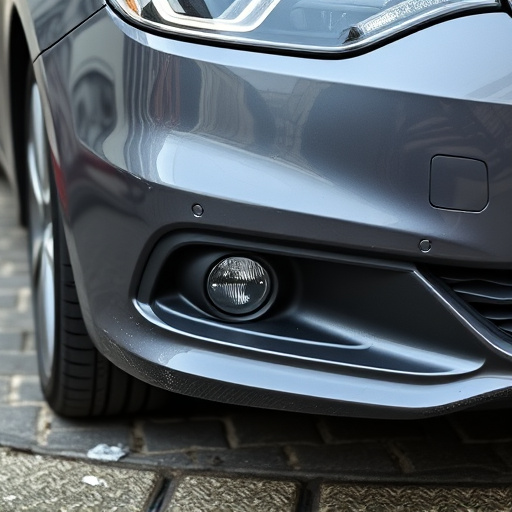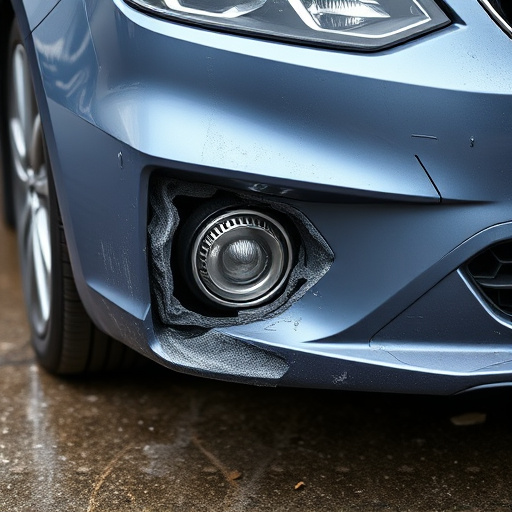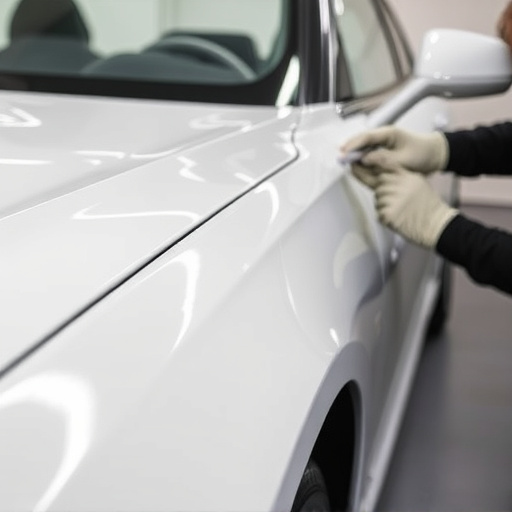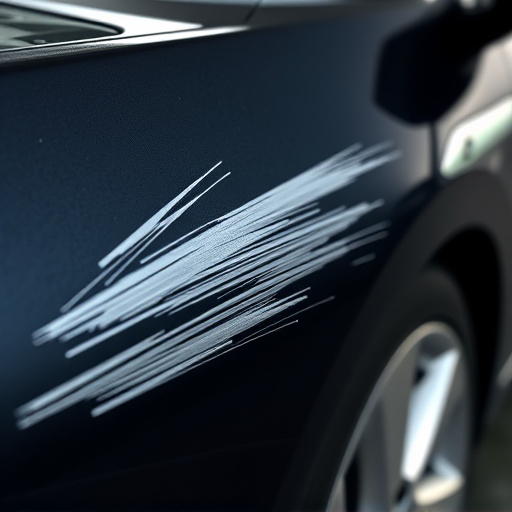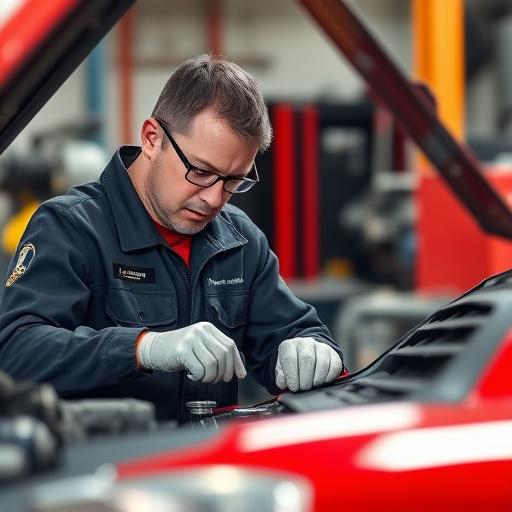Roof panel replacement for electric and hybrid vehicles requires specialized knowledge and services due to their unique, lightweight materials and complex designs. Inspection, precise fitting, advanced sealing techniques, and regular post-repair checks ensure structural integrity, watertightness, and aesthetic restoration while preserving the vehicle's energy efficiency.
Roof panel replacement is a specialized task in electric and hybrid vehicle repairs, requiring unique considerations due to advanced composite materials. This article guides you through understanding the complex composition of roof panels in EVs and hybrids, offering a comprehensive step-by-step guide for successful replacements. We’ll also highlight the critical aspects of ensuring watertightness and structural integrity post-repair, ensuring your vehicle’s continued safety and performance.
- Understanding Roof Panel Composition in EVs and Hybrids
- The Process: Step-by-Step Guide to Replacement
- Ensuring Watertightness and Structural Integrity Post-Repair
Understanding Roof Panel Composition in EVs and Hybrids
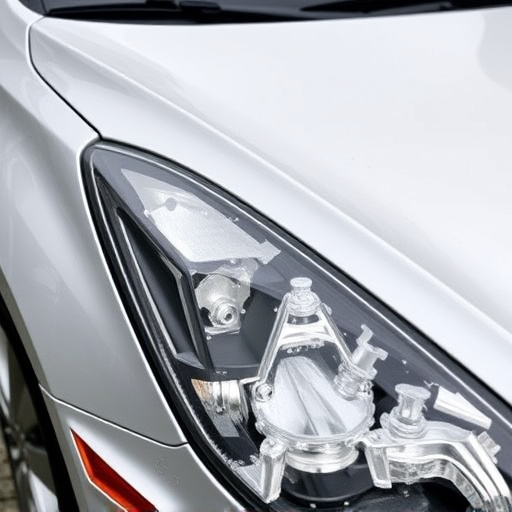
Electric and hybrid vehicles (EVs and Hybrids) often feature innovative designs that differ significantly from conventional cars. One key aspect is their roof panel composition, which can be quite complex. These panels are typically made of lightweight materials such as aluminum or composite polymers to reduce overall vehicle weight and improve fuel efficiency—a crucial factor in EVs. The construction may also incorporate solar cells, adding a layer of functionality by generating power while allowing sunlight to enter the interior.
When considering roof panel replacement in Mercedes Benz collision repair or any vehicle collision repair for that matter, it’s essential to understand these unique compositions. Car paint services for EVs and hybrids often require specialized techniques and materials due to the diverse material makeup. This ensures not only a seamless aesthetic restoration but also preserves the vehicle’s structural integrity and energy-efficient features.
The Process: Step-by-Step Guide to Replacement
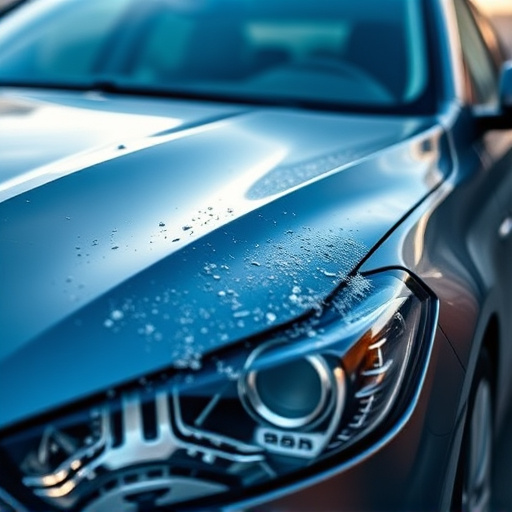
Roof panel replacement is a specialized process that requires precision and expertise, especially for electric and hybrid vehicles. Here’s a step-by-step guide to ensure a successful repair. First, carefully inspect the existing roof panel and surrounding areas to identify any damage or corrosion. This meticulous assessment is crucial in determining the extent of the repair needed.
Once the issue is identified, remove any loose debris or damaged components. Next, acquire compatible replacement panels designed specifically for your vehicle model. Accurate fitting and alignment are vital; use specialized tools to secure the new panel, ensuring a seamless finish. Following these steps involves intricate work, often requiring advanced auto body services, but it guarantees a safe, functional, and aesthetically pleasing roof for hybrid or electric vehicles.
Ensuring Watertightness and Structural Integrity Post-Repair
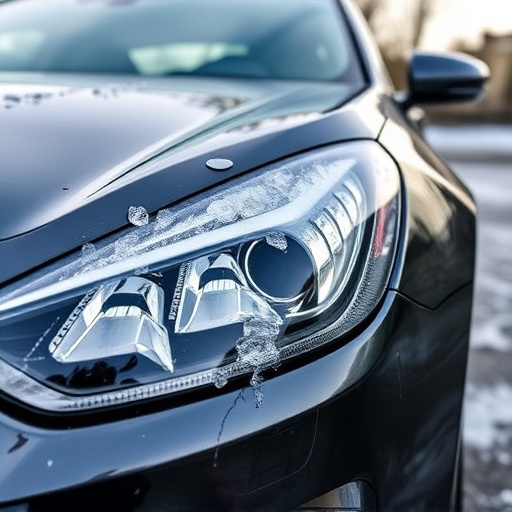
After a roof panel replacement, whether for an electric or hybrid vehicle, ensuring watertightness and structural integrity is paramount. This involves meticulous attention to detail during the repair process, including proper sealing of joints and panels to prevent water intrusion. Skilled technicians at reputable auto collision centers employ advanced techniques and high-quality materials to guarantee that the repaired area not only looks like new but also functions as a robust barrier against environmental elements.
Regular inspections post-repair are crucial to verify both the structural soundness and watertightness of the vehicle’s body. If your vehicle has undergone frame straightening or automotive restoration, it’s even more essential to confirm that all repairs align with the original manufacturer’s specifications. This ensures not only optimal performance but also longevity, safeguarding against future damage and costly repairs.
Roof panel replacement is a specialized task for electric and hybrid vehicles, requiring careful consideration of both structural integrity and environmental seals. By understanding the unique composition of these panels and following a meticulous step-by-step guide, auto repair professionals can ensure watertightness and maintain the vehicle’s overall performance. This process not only addresses aesthetic issues but also safeguards against potential water damage, ensuring these advanced vehicles remain in top condition.
